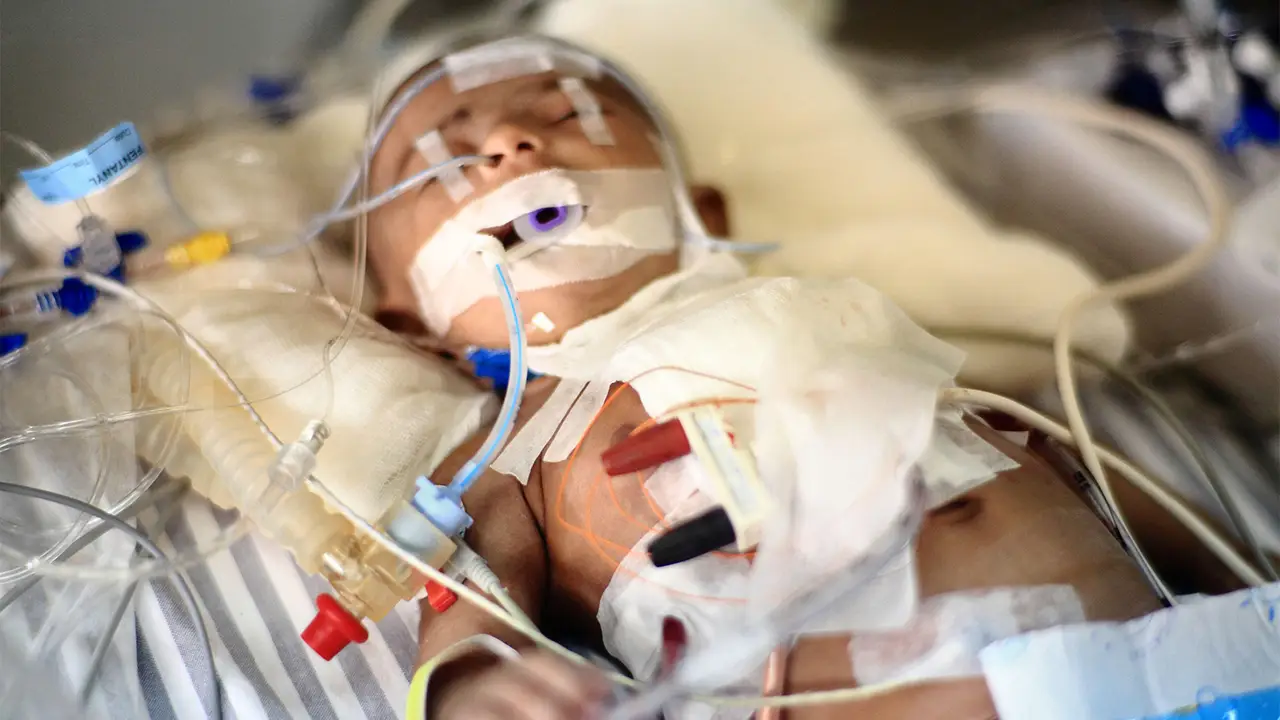
DiYES International School – Pediatric Cardiomyopathy may sound like a rare and distant condition, but it quietly affects thousands of children every year. Many parents never expect heart disease to touch their child, especially when their child appears active and healthy. This serious condition involves abnormal heart muscle function, which can reduce the heart’s ability to pump blood effectively. Symptoms often remain unnoticed until the disease reaches an advanced stage. What makes Pediatric Cardiomyopathy especially dangerous is its unpredictability. Some children show no signs at all until they experience fainting, chest pain, or in worst cases, sudden cardiac arrest. Medical experts urge early screening, especially for children with a family history of cardiac problems. Most families are unaware of this silent threat. Pediatric Cardiomyopathy deserves more attention in public health conversations because when detected late, it can lead to irreversible damage. Awareness can help prevent tragedy in cases that might otherwise go undiagnosed.
Pediatric Cardiomyopathy is not a single condition but a group of heart muscle disorders that affect children in different ways. The most common types include dilated cardiomyopathy, hypertrophic cardiomyopathy, restrictive cardiomyopathy, and arrhythmogenic cardiomyopathy. In dilated cardiomyopathy, the heart becomes enlarged and weakened, making it hard to circulate blood. Hypertrophic cardiomyopathy causes the walls of the heart to thicken abnormally, reducing the heart’s pumping efficiency. Restrictive cardiomyopathy leads to stiff heart walls that cannot expand and fill properly. In arrhythmogenic cardiomyopathy, the muscle tissue is replaced with fat or scar tissue, increasing the risk of dangerous irregular heartbeats. Each type can occur with or without genetic links, and symptoms may vary from mild fatigue to severe cardiac failure. Pediatric Cardiomyopathy often gets diagnosed through echocardiograms, MRIs, or genetic testing when parents or doctors notice early warning signs like shortness of breath or fainting during physical activity.
“Read about: Mystery Illness Making Your Child Avoid Food? It Might Be Eosinophilic Esophagitis!”
In many cases, Pediatric Cardiomyopathy progresses quietly until a major incident occurs. Children often do not complain until symptoms become too severe to hide. Some parents mistake early signs such as fatigue, weakness, or shortness of breath for common illnesses or lack of fitness. Others think fainting spells during exercise are harmless or caused by dehydration. Unfortunately, those subtle warnings may point to a heart that is struggling to keep up. Chest pain, rapid breathing, and irregular heartbeats can also indicate heart muscle problems. In some children, the first noticeable symptom is sudden cardiac arrest. That is why pediatricians recommend paying attention to family history, especially if close relatives have experienced heart disease at a young age. A heart murmur or unusual heartbeat rhythm may serve as the first clinical clue. Early diagnosis can help manage the condition and potentially prevent life-threatening outcomes that might otherwise go undetected for years.
Treating Pediatric Cardiomyopathy requires long-term planning and often involves a team of specialists. Treatment strategies depend on the type and severity of the disease. Medications such as beta-blockers or ACE inhibitors are used to help the heart pump more effectively. In more serious cases, children may need implantable devices like pacemakers or defibrillators to control abnormal heart rhythms. For children with advanced heart failure, heart transplantation might become the only option. Lifestyle modifications such as limiting strenuous activity are also crucial in reducing risk. However, access to specialized care remains a challenge in many regions. Families sometimes struggle to find cardiologists who focus on pediatric cases. Regular follow-up visits, emotional support, and financial costs can create additional stress. Medical equipment and medication may not be available in all hospitals. While treatment can greatly improve quality of life, long-term outcomes still depend on how early the diagnosis is made and how consistent the care is.
“Read more: Photo Eye Sensors: The Smallest Garage Part That Prevents the Biggest Disasters”
To reduce the risk of late detection, more people need to understand what Pediatric Cardiomyopathy looks like and how it can impact a child’s future. Schools, sports organizations, and healthcare providers must work together to promote heart screenings and educate families about warning signs. Campaigns to raise awareness can save lives by encouraging parents to seek medical advice when they notice something unusual. Community health programs can also help provide free or low-cost checkups for at-risk children. Policymakers must prioritize funding for research and better diagnostic tools to detect heart muscle disorders earlier. Pediatricians need to include cardiac assessments in routine checkups, especially for children with symptoms that do not resolve over time. Illegible symptoms should never be dismissed. Children deserve early protection and proper monitoring. Pediatric Cardiomyopathy may not always be curable, but with awareness and medical progress, many children can live long and fulfilling lives under proper care.